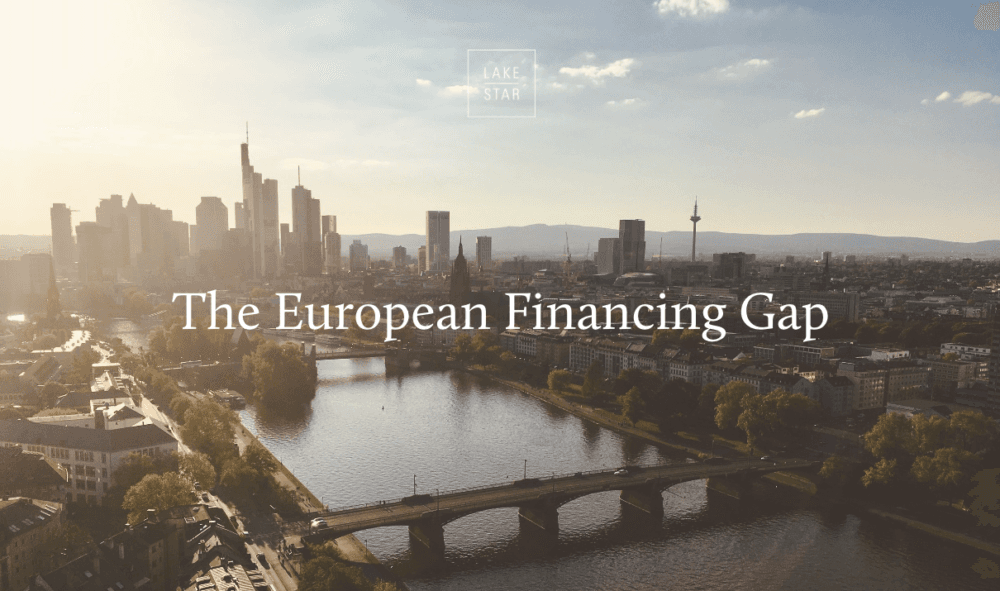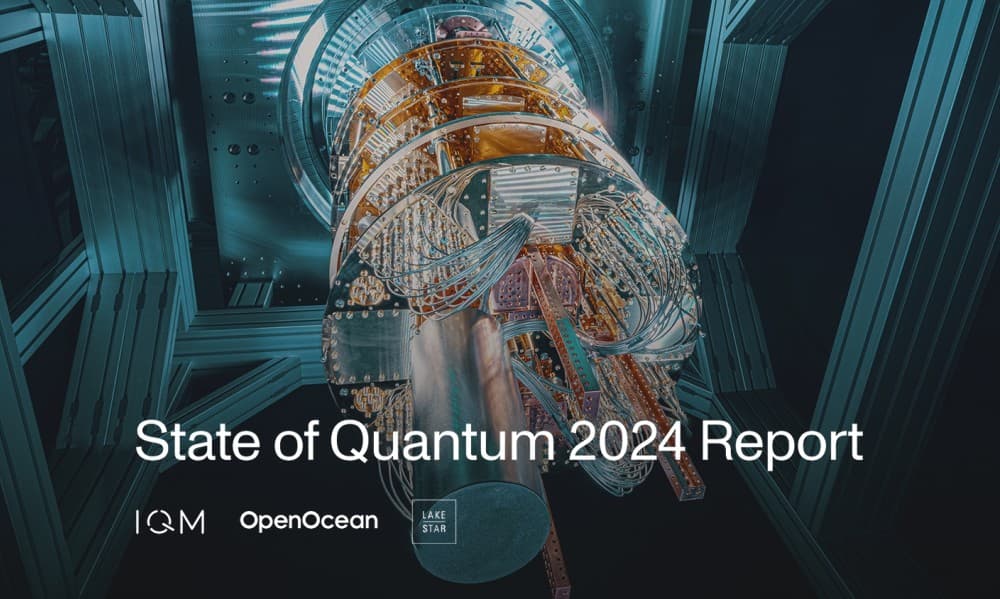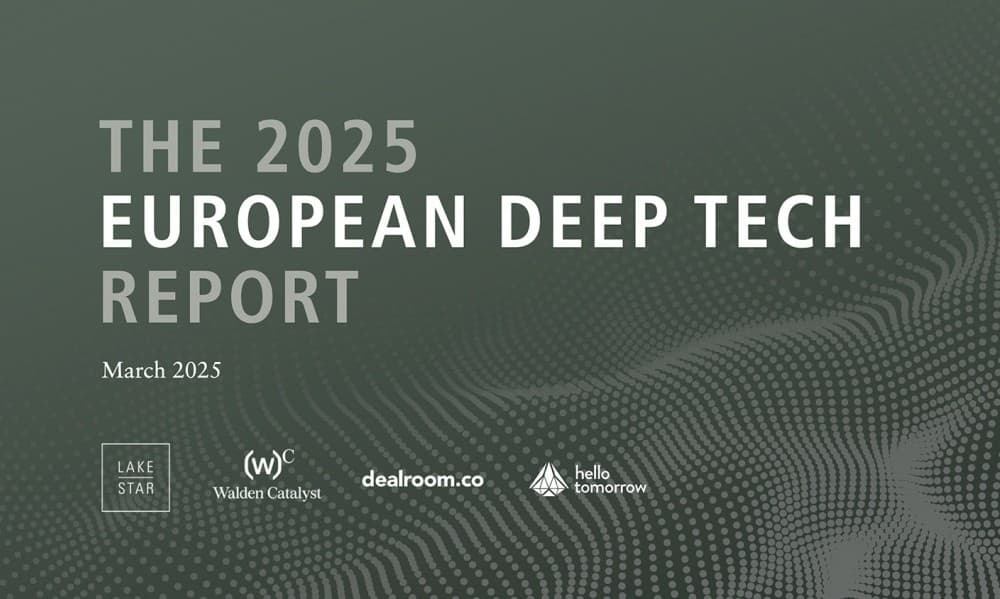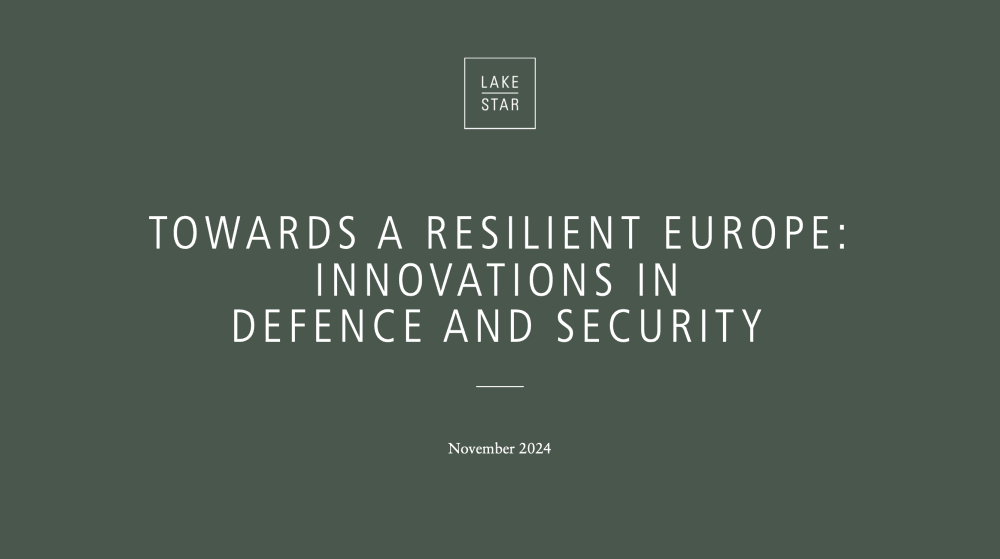Insights|
A new direction for Europe's growth ecosystem
As Europe strives to finance innovation and find forms of investments that can stand up to both inflationary periods and remain relatively immune to external shocks, the Yale Endowment Model offers significant benefits for the European growth ecosystem and the finances of the retired population.
The “Wirtschaftwunder” of Germany, as well as of Europe, in 1950’s was enabled by investments into innovation, with growth financing corresponding to 4% of the GDP. Banks were the main financiers of innovation. However, today Venture Capital is the key source of financing for innovation, as the role of banks in providing capital to innovative start-ups became more limited due to regulatory environment. Still, the amount of investments in VC in Europe is significantly behind the amount of investments in the US. In the US, institutional investors have embraced the “Endowment Model”-like investment to generate high inflation adjusted returns over the long-term. As a result, endowments and pension funds have significant allocations to VC, which not only fuels investments in innovation, but also provides sizeable returns to pensioners and students, contributing to social prosperity.
Yale’s “Endowment Model” emerged and revolutionized institutional investment. David Swensen was designated the CIO Yale Endowment in 1985 and since then grew the endowment from $1.3bn to over $40bn over 35 years, consistently outperforming public markets.
As Europe strives to finance innovation and find forms of investments that can stand up to both inflationary periods and remain relatively immune to external shocks, the Yale Endowment Model offers significant benefits for the European growth ecosystem and the finances of the retired population.
Moving away from traditional 60/40 investment model to increased allocation to alternative asset classes
University endowments in the U.S. are huge pools of capital collected from alumni. Most of the endowment capital pool is not needed for the everyday financing of the universities. When Swensen took over, the endowment was mainly investing in public equities. Basing his approach on the mean-variance mathematical framework identified by Nobel laureates Harry Markowitz and James Tobin, Swensen shifted the asset allocation significantly over the years to diversify the portfolio and ensure high inflation-adjusted returns for the endowment.
Over the past 30 years, Yale dramatically reduced the Endowment’s dependence on domestic marketable securities by reallocating assets to non-traditional asset classes. In 2020, alternative assets constituted ~75% of the total portfolio, with venture capital being the largest allocation at 23%.

The success of the endowment model
When alternative assets were a small allocation of Yale’s portfolio, the endowment was highly volatile. Now - with absolute return, private equity, and real assets accounting for most of Yale’s endowment – the chance of a disruptive spending drop and its purchasing impairment have decreased significantly.
Yale has also continuously outperformed all the major public stock and fixed-income indices. As a result, widespread adoption of this superior model in asset allocation took place among Ivy League universities (e.g. Harvard, Princeton, Stanford).

Europe is seriously lagging behind
In Europe, we still have the limitation of regulations for insurance and pension funds to invest in alternative assets. As a result, returns on investing in a German pension plan pale in comparison to those in North America. Insurance companies and pension funds are underweighted in private assets and overweighted in fixed income, even though private assets in the past have proven to deliver outperformance compared to both equities and fixed income

The average allocation of pension funds in Europe to venture capital is 0.02%. Not only do we not have the necessary money in venture funds to finance innovation, but we do not have the necessary yield of the pension systems also.
Across the globe institutional investors are increasing target allocations into private equity, however in Western Europe institutional investors only allocate 3.6% of their portfolio to private equity. Similarly, in the UK, it is only 4.4%.

Macroeconomic environment presents an opportunity
Considering the macroeconomic environment with increasing interest rates, having the right asset allocation is becoming even more important. Private equity has outperformed the public equity markets since 2000. Private markets, especially VC, can also provide negative correlation to other mainstream classes in relation to macro-economic shocks and rising interest rates.
With the current “down market” environment, private markets, especially VC, offer an attractive investment opportunity. Major financial institutions like UBS, BlackRock and Amundi are bullish on venture capital, as well as institutional investors like Global SWFs.
Most of the great companies were founded and flourished during the times of crisis including Skype, Facebook, YouTube, Glassdoor, WhatsApp, Airbnb, Uber, Slack. If this cycle resembles the economic crashes we saw in 2000 or 2008, we can expect IPOs to reach their peak again in 6-7 years, providing a well-timed exit window for investments made now.

A new paradigm for Europe and its sovereignty
A lot of challenges in Europe can be addressed by changes in asset allocation of institutional investors. The endowment model gives us the guidance to finance innovation and enhance the yield of institutional investors, especially our pension funds, ultimately improving the individual pensioneers monthly income. Lakestar is currently engaging on this issue with multiple organisations (e.g., Invest Europe and Capital Markets Industry Taskforce in the UK) for advocacy.
Another important topic is potential reform on Solvency II regulations, especially on “long-term equity” requirements that may have an implication for alternative asset investments. Discussion to change this regulation is ongoing both in the UK, as well as in Europe.
Banks no longer finance innovation, so venture is the only way to support it and just one fund can have a tremendous impact. For example, Lakestar has over 60 portfolio companies spread across the UK, Germany, France, Netherlands, the Nordics, Italy and Spain.
As technology spreads in our daily life from education to security, financing companies that guarantee Europe’s technological sovereignty has deep geo-political implications. As an example, Isar Aerospace is securing Europe’s access to Space, Auterion is enabling autonomous mobile robots in Europe, Terra Quantum is unlocking the power of quantum computing across industries, and Builder.ai is preparing digital infrastructure for European platforms.
Conclusion
Yale’s Endowment model transformed how institutional investing in the US was perceived, and it’s imperative for the same to happen in Europe. The model presents a range of opportunities, especially during the current macroeconomic downturn.
Hence, now is the right time to initiate the discussion in Europe and support investments to Venture Capital from institutional investors that invest for the long term.
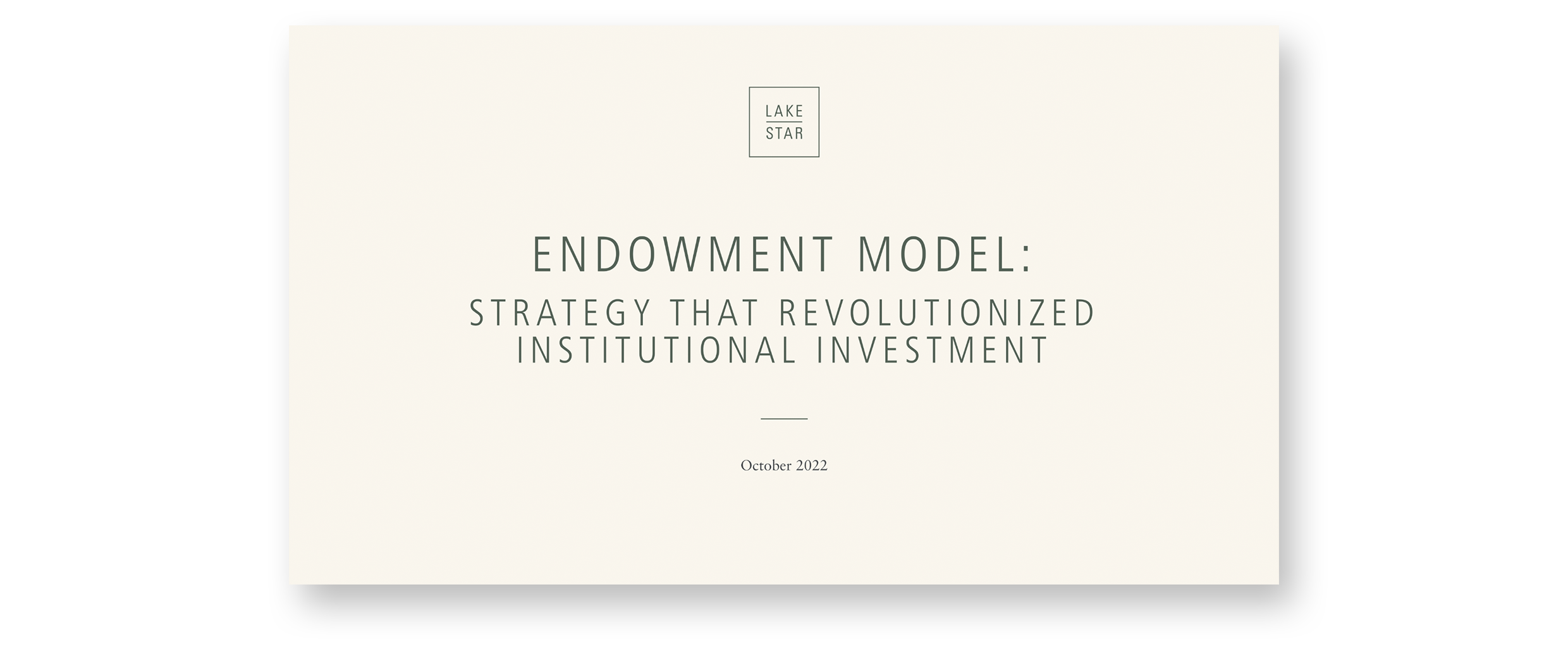
READ THE FULL REPORT HERE
